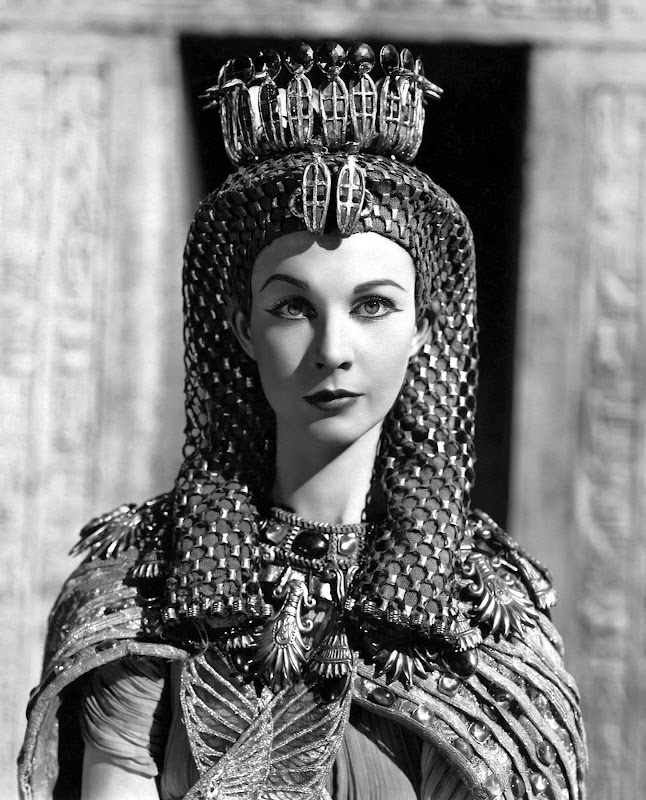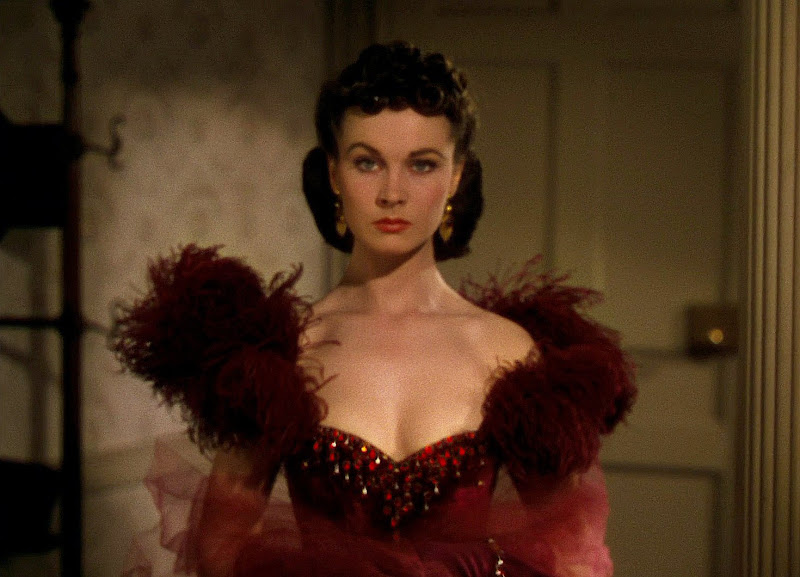
...like burlesque queen Miss Naja Karamuru!

CAMP: "A cornucopia of frivolity, incongruity, theatricality, and humour." "A deadly, winking, sniggering, snuggling, chromium-plated, scent-impregnated, luminous, quivering, giggling, fruit-flavored, mincing, ice-covered heap of mother love." "The lie that tells the truth." "Ostentatious, exaggerated, affected, theatrical; effeminate or homosexual; pertaining to or characteristic of homosexuals."
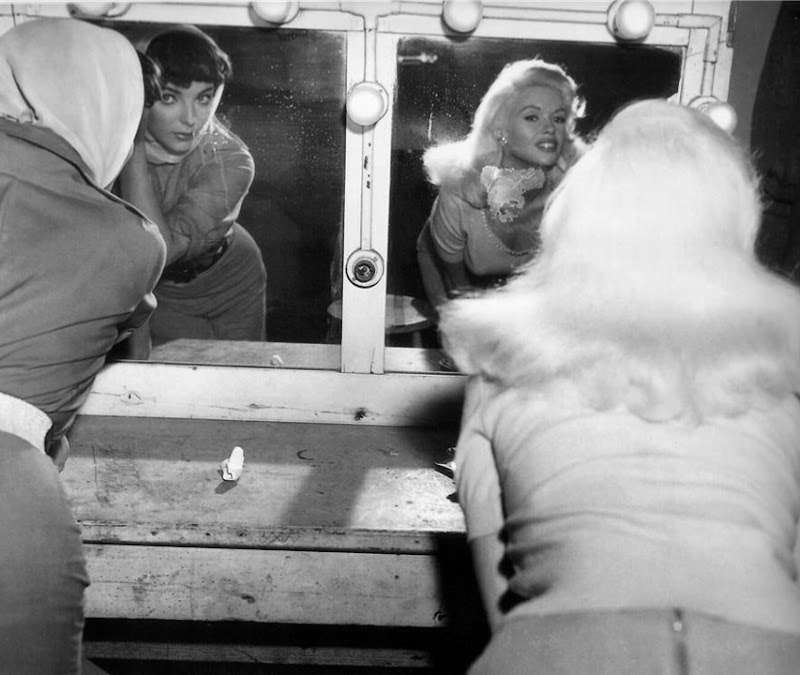
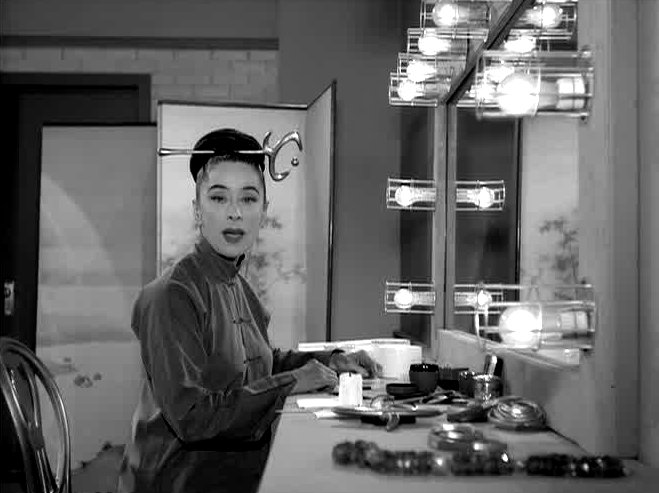


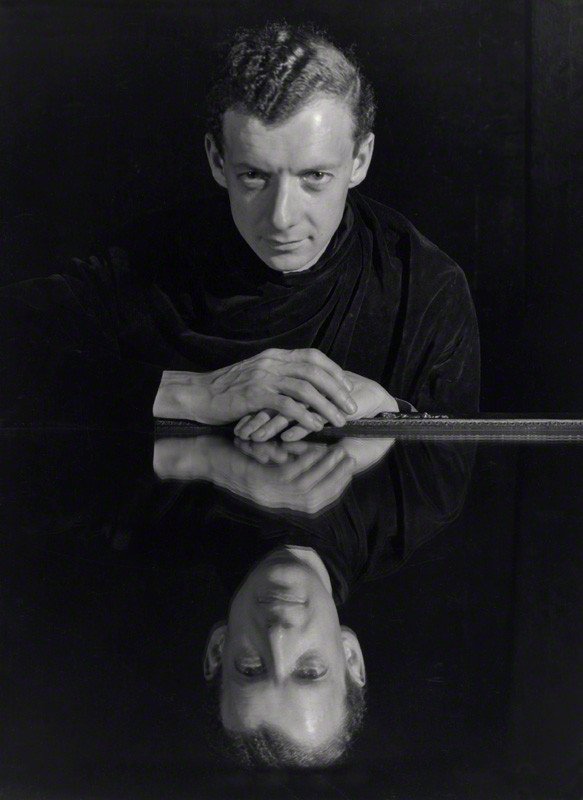
Though Benjamin Britten and his partner, the tenor Peter Pears, were tacitly received as a couple in the highest of high society, they had every reason, at the same time, to be nervous of the repressive apparatus of the state which still struck out at gay men in the early 1950s. At the end of 1954, as many as 1,069 men were in prison for homosexual offences.
Britten could be almost provocative in the public presentation of his sexuality, performing his settings of same-sex love poems by Michelangelo with Pears at the Wigmore Hall in 1942 (“it was rather like parading naked in public”); those verses were written, though, in a high Renaissance style whose arcana would have been difficult for an Italian, let alone an English audience to follow. To the end of his life, as homophobic prejudice eased with the Wolfenden Report of 1957 and the Sexual Offences Act a decade later, legalizing homosexual acts, Britten remained steadfast in his relationship with Pears – many letters in the latest volume of Letters from a Life, covering the period 1966 to 1976, attest to their abiding love for each other – but at the same time discreet, reserved and unengaged with contemporary issues of liberation. Tolerance was what he expected and, by and large got, and it was sexual tolerance – “civilised attitudes to homosexuality”, as one Britten trustee, Donald Mitchell, put it – pacifism and music which were the inevitable beneficiaries of the provisions he made for his estate after his death.

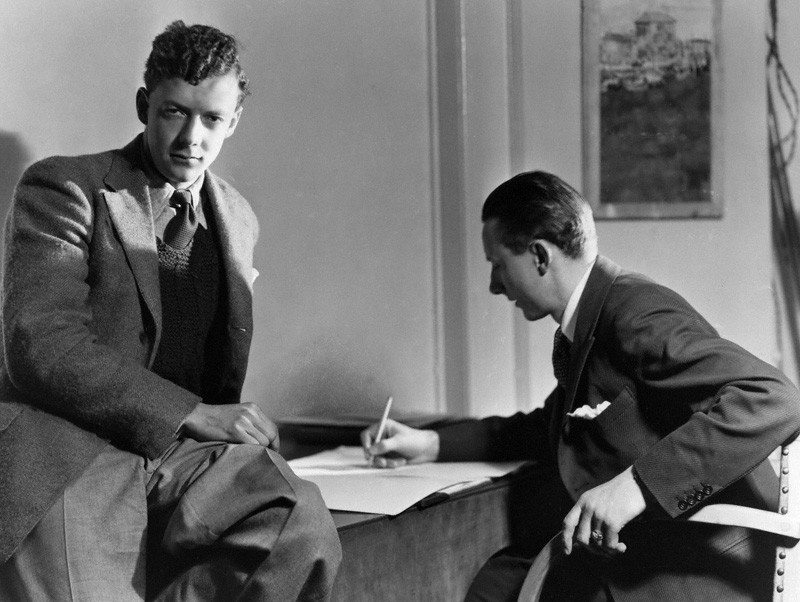
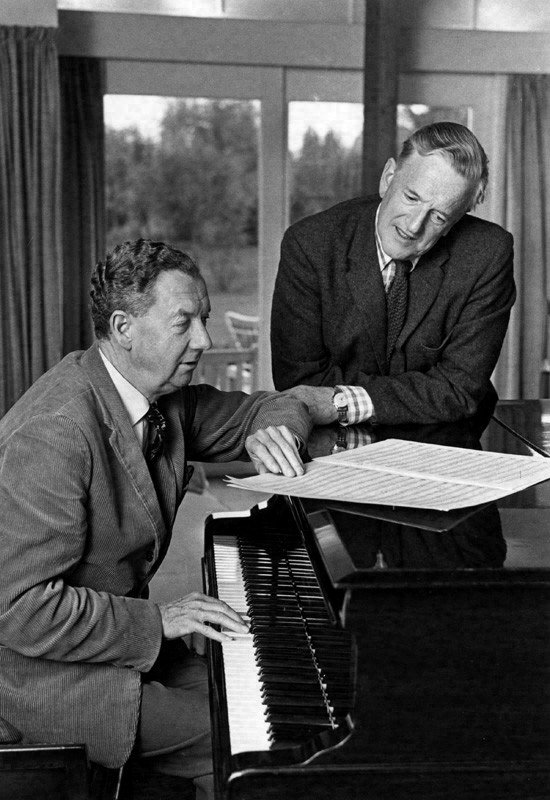

I see through your lovely eyes a sweet lightBenjamin Britten's perspective on sexuality made him one of the foremost gay composers of all time - his operas, including Albert Herring, Peter Grimes, Billy Budd and Death in Venice all have gay themes. However, regardless of his being a gay man, he is rightly lauded - not least in the multitude of centenary tributes at Aldeburgh, on the BBC, Classic FM, and across the globe - as one of the finest composers this country has ever produced.
Which through my blind ones I yet cannot see;
I carry with your feet a burden
Which with my lame ones I cannot;
I fly with your wings, having none of my own;
With your spirit toward heaven I am always moving;
By your will I turn pale or blush,
Cold in the sun, warm in the coldest weather.
Within your will alone is my will,
My thoughts within your bosom are born,
In your breath are my words.
I am like the moon, alone,
Which our eyes cannot see in the heavens
Except that it is illumined by the sun.
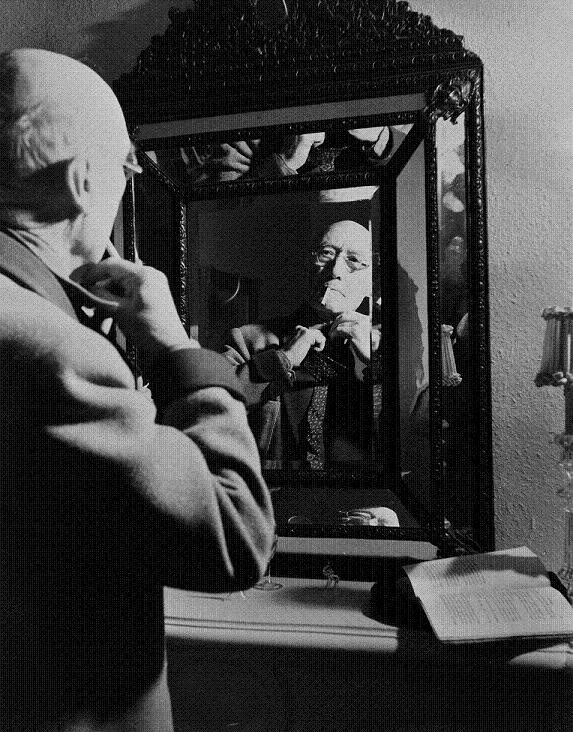
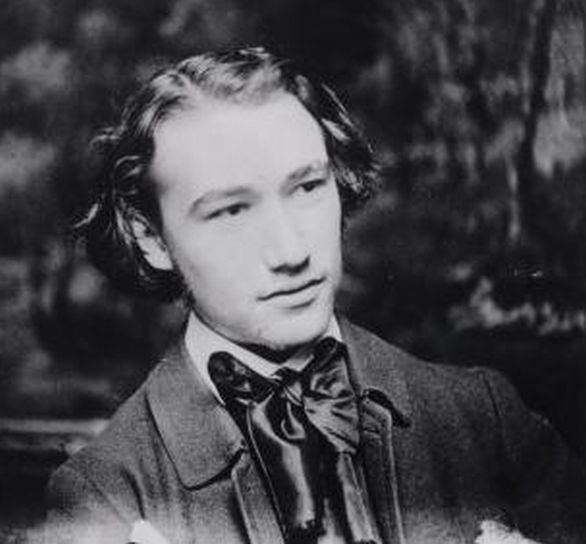

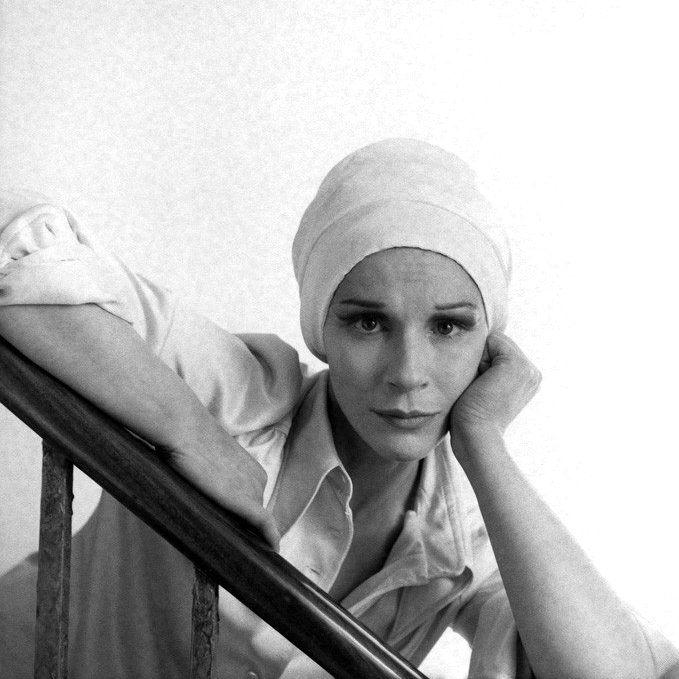
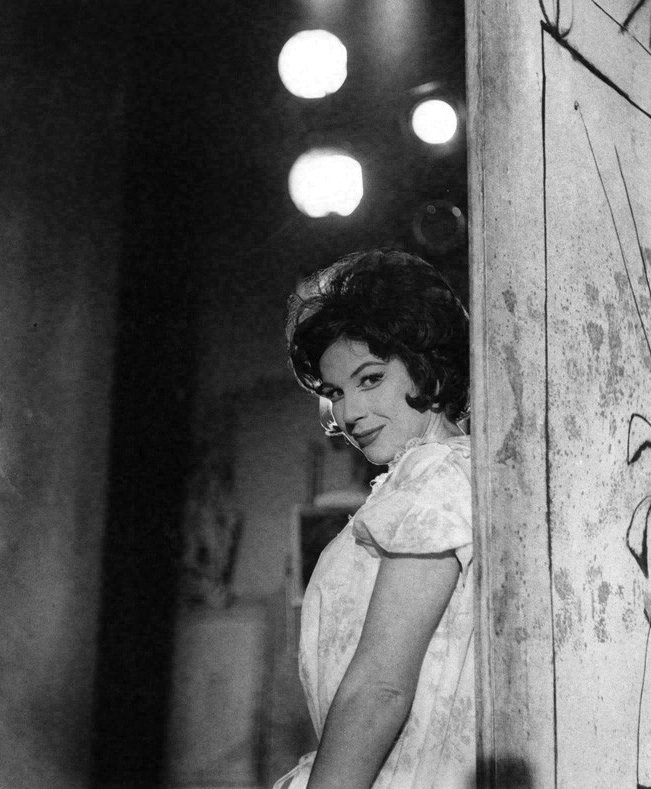

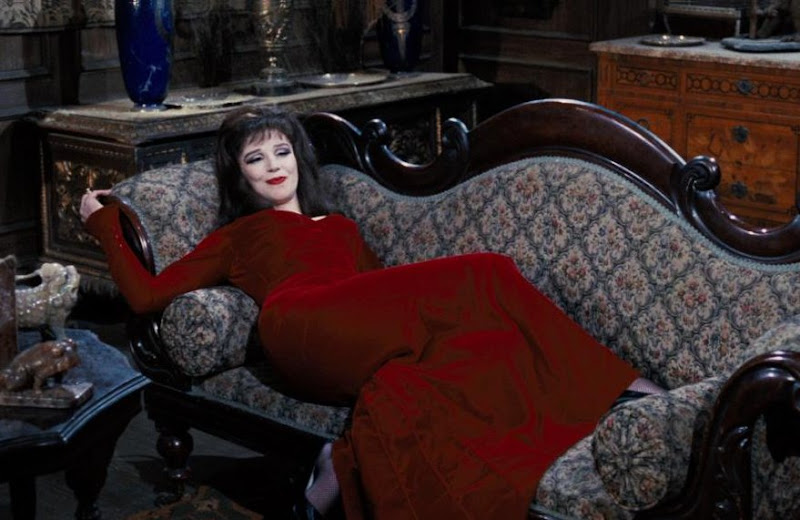

"I turned down the chance to work with Frederico Fellini in the late-1960s. He had a big thing about me. He saw me on stage in the Sardou comedy, 'Let's Get a Divorce'. He wanted me to do this film in which I'd play the incarnation of six different men's desires. Not a bad role.Fenella Fielding.
"You see, Fellini had never heard of 'Carry on...' He just saw what he saw and thought: I like that. It was thrilling. I had to meet him at a hotel. It was a fascinating time; full of secret telegrams and so on. He was gorgeous. But I'd already said yes to a play at Chichester. I thought it would be dishonourable to let them down. I would say that's the thing that I really regret."
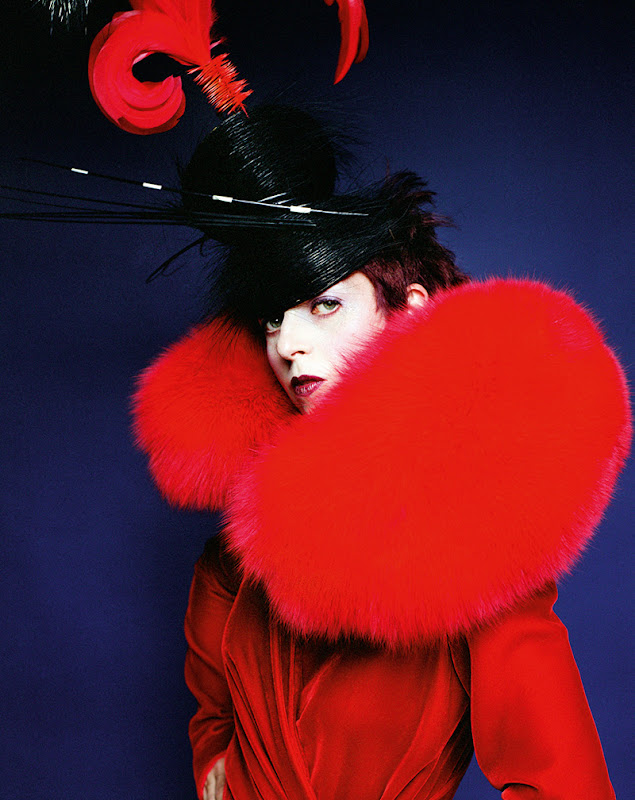
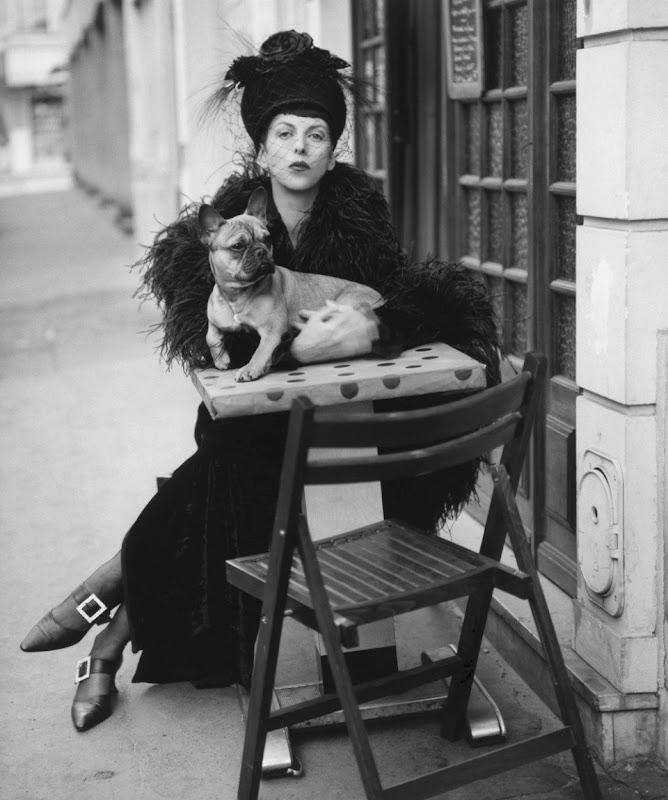
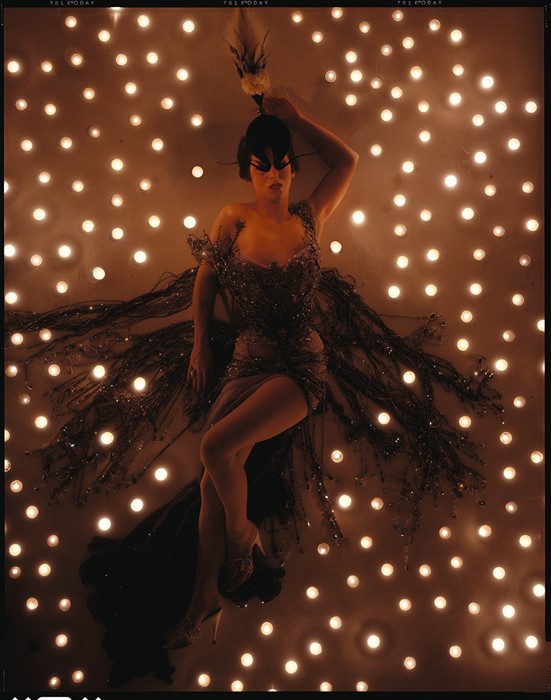

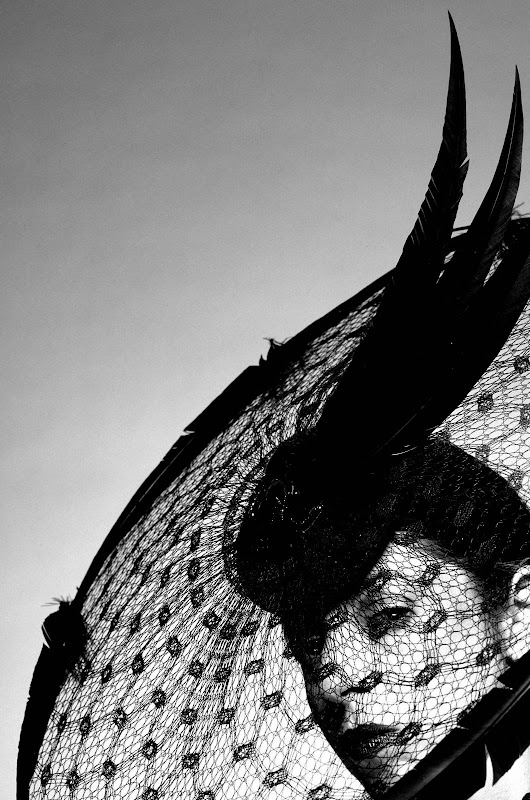


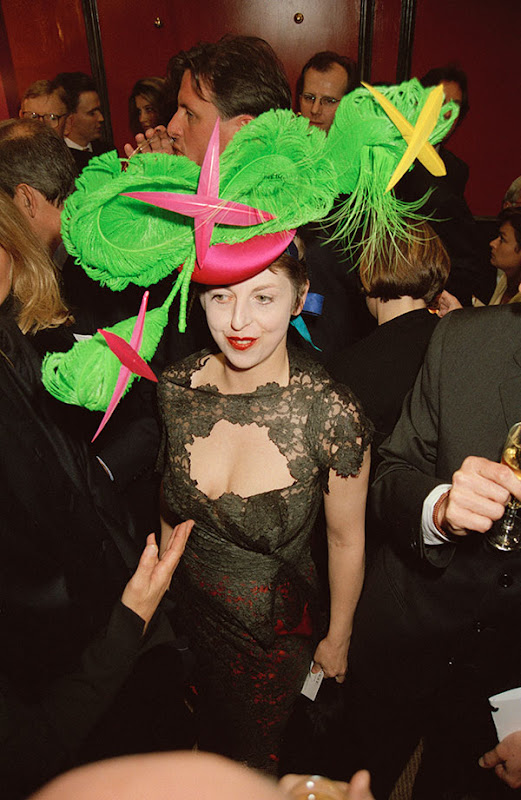

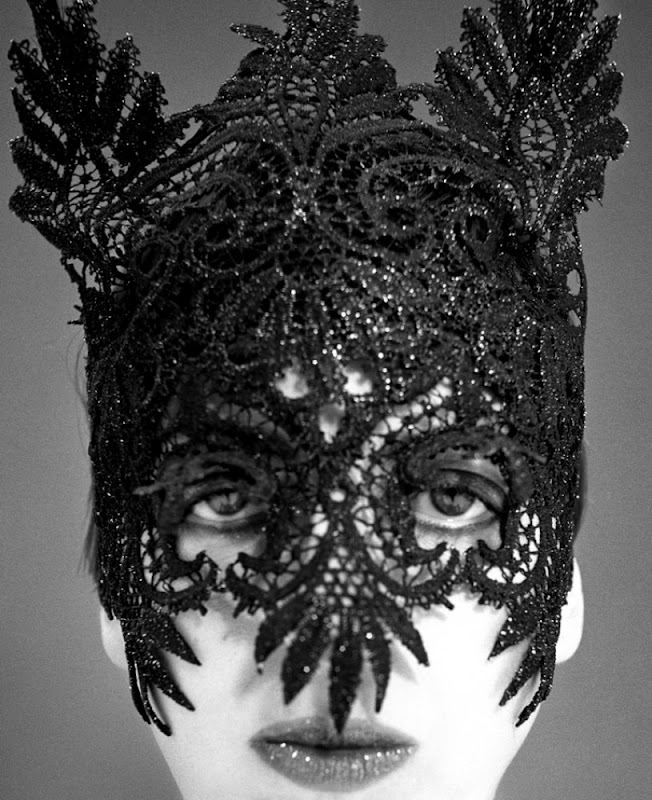

The outlandish, deeply unusual former assistant at Vogue who became mentor to a generation of fashion designers, editors and photographers, Isabella Blow is the subject of a new exhibition set amid the Neo-Classical splendour of London’s Somerset House.Isabella Blow: Fashion Galore! is on at Somerset house from 20th November to 2nd March 2014.
The surroundings are appropriate, for this is not just a show but an acknowledgement of how her sense of style opened the minds of her peers. She is hereby raised into the pantheon, lauded for the very personal vision that once disgusted the establishment.
Blow was eccentric from her top feathers to the paint that adorned her toes. I used to see her at parties sometimes, and she was a fantastically alarming person; when she smiled, throwing her head back, you saw a sneering mouth so red with lipstick that it was like an open wound. She never seemed like just another one of the fashion crowd: she was a visionary who ripened with new ideas every morning, not every season, and was a genuine muse in a world of phonies.
True eccentrics - the Isabella Blows, the Vivienne Westwoods, the Anna Piaggis and the Stephen Tennants, as if there could ever be more than one of each - are the kind of people whose entire existence is devoted to individuality and innovation. That’s what makes a real eccentric: they really mean it, and they’re willing to suffer for it. Their social function is to explode our preconceptions about what beauty is and what good taste means. Eccentrics raise the bar on the impossible.
Yet, unfortunately, there are a few too many fake ones out there now. These are the imitators, the publicity scavengers, the ones who think it’s merely about fame or attention. They seem to be working not from a brilliant fund of ideas or from a conviction that their outer selves must be used to express a fascinating inner landscape. On the contrary, they’re just show-offs who dress up for the cameras. For people interested in our contemporary times, this is an important distinction: the true eccentric gives us more mystery, more wonder about being human, a new side to beauty, while the faux-eccentric gives us less of everything.



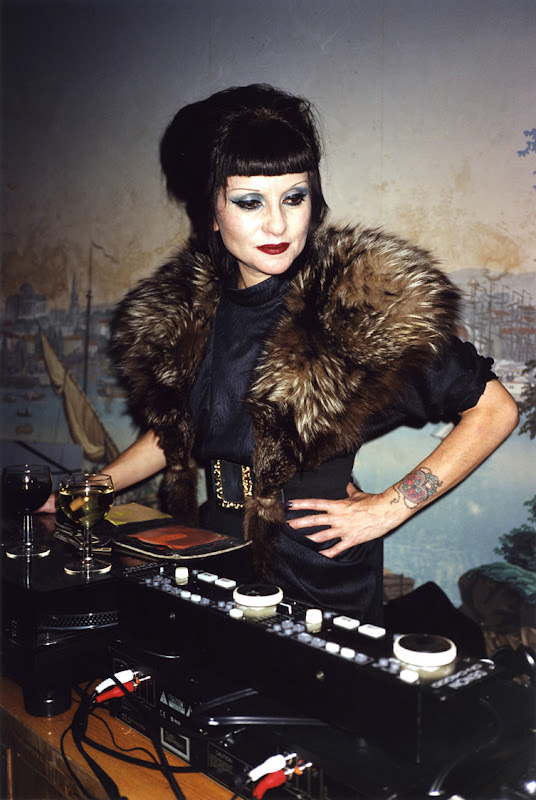

"A Bijou Basket is Sipsmith sloe gin, ginger wine and rhubarb bitter.The possibilities are fantabulosa, indeed!
Ria Shusher (a hairdresser in Polari) is a rhubarb and vanilla Tapiato Blanco Tequila mule.
Bona Hoofer (good dancer) is Sipsmith gin, toasted spiced syrup and espresso.
And Naff Clobber (rubbish clothes)? It's Buffalo Trace, Benedictine and maple syrup."

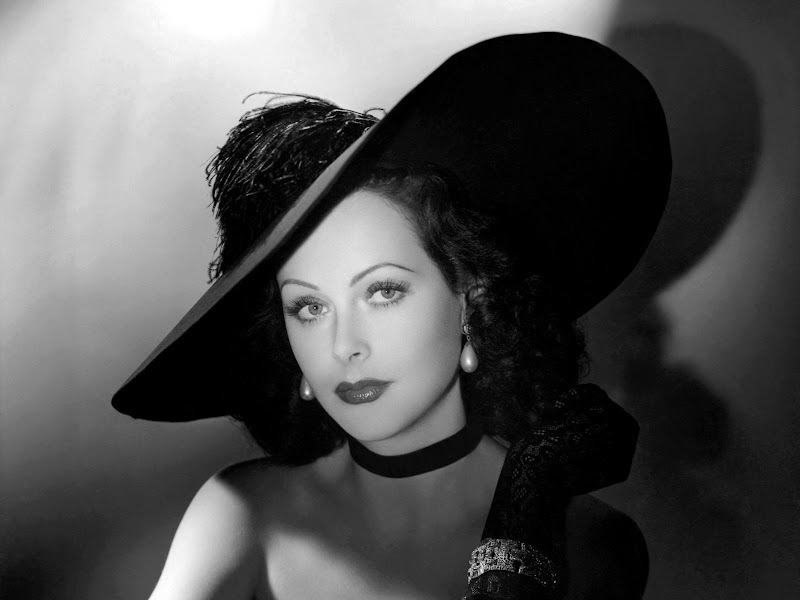
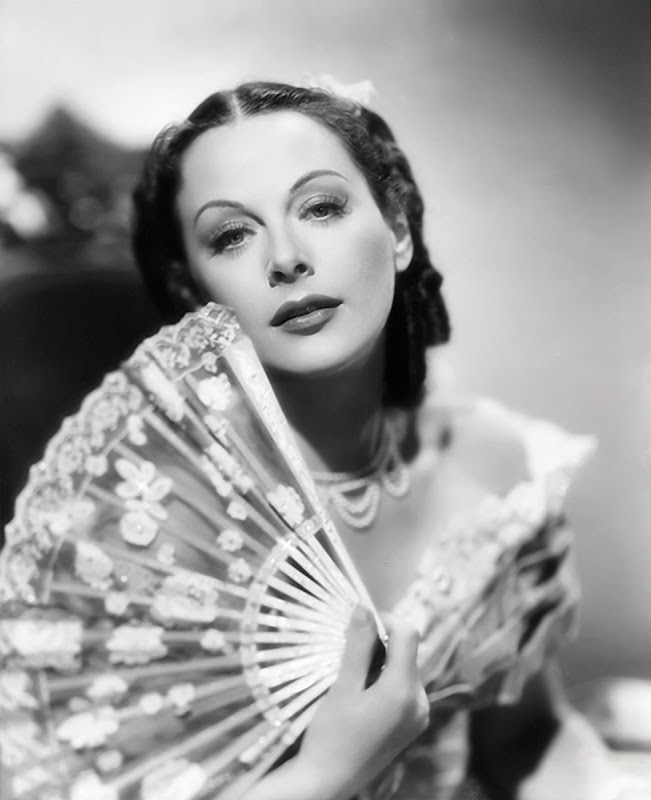
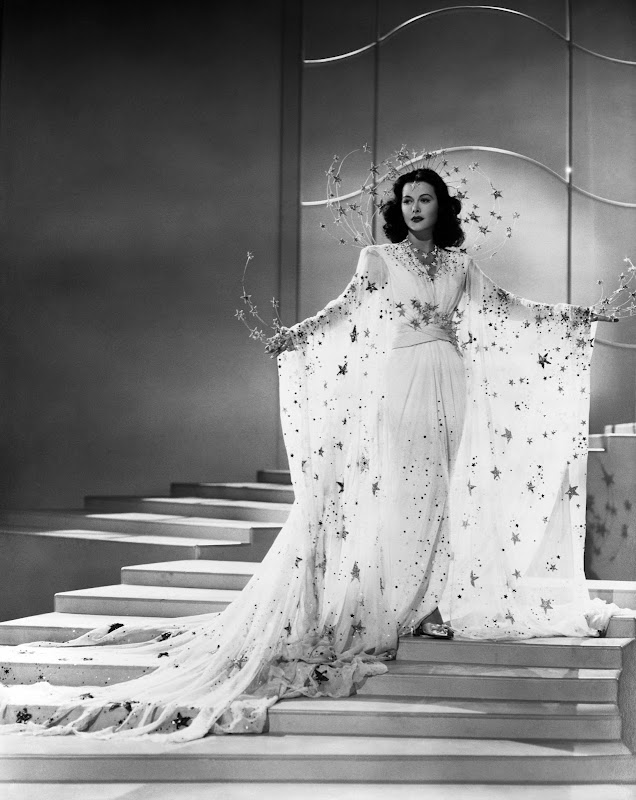
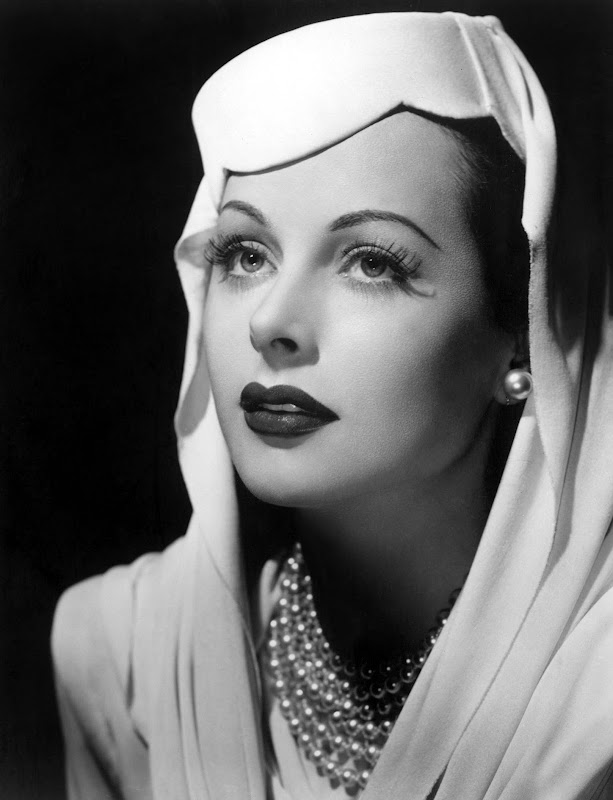
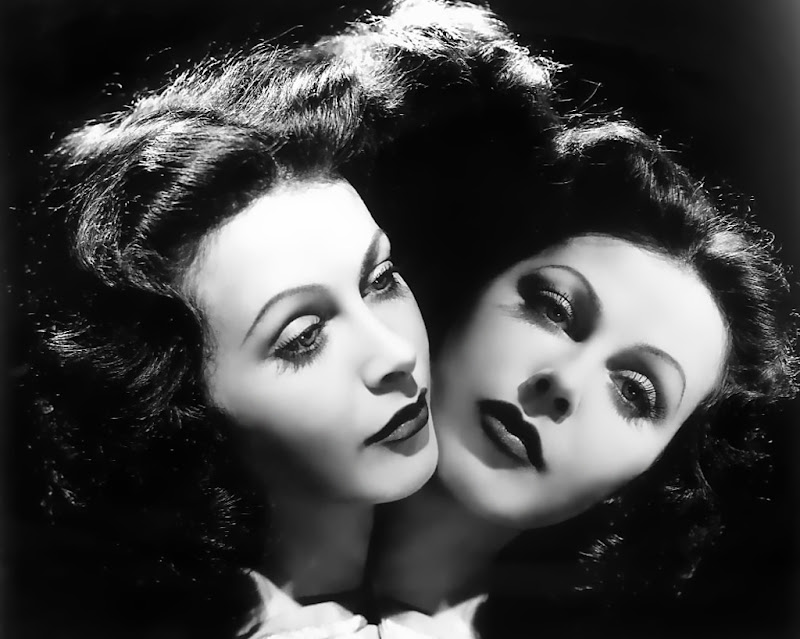
The first time audiences saw Hedy Lamarr, she was running naked through a field. The second time they saw her, she was in the throes of a very animated orgasm. The next time she appeared on screen - more than five years later - she’d have a new name, a new language, and a new image, but the effect was the same: just the sight of her was enough to stop Hollywood, and audiences across America, in their tracks."Any girl can be glamorous. All you have to do is stand still and look stupid."
But a new name wasn’t enough to distance Hedy Lamarr from her past as the “Ecstasy Girl,” the star of the so-called “art film” that scandalized all of Europe, and received special denunciation by the Pope. When one exhibitor tried to import it to the States, it was declared “dangerously indecent” and uniformly banned. The real scandal wasn’t the nudity, but the pleasure: a young girl abandons her husband, runs naked, finds a new hot guy, and then has a really intense orgasm for all to see. Who knew what young women the world over would do with that knowledge?
With the help of her new studio, Lamarr was able to denounce her part in Ecstasy, but the stigma of the desiring female would stay with her. Over her Hollywood career, she would be cast as one “high class whore” after another - women whose beauty, and sexuality, make them natural victims of the world around them.


"London was and still is such an exciting and exhilarating city. After working for Otto Lucas initially and then, for three years at Mitzi Lorenz, I was offered the position as designer at Langée in Brook Street. Madame Langée was Czech, escaping here with her family just before the war.
"One of her clients was ‘Miss Betty’ the vendeuse at Hardy Amies who was, at that time, dressmaker to The Queen. Hats were therefore ordered from our workroom for certain outfits, and a number of times I heard Miss Betty compliment my work. An opportunity arose a few years later when Madame Langée decided to retire ... and so I was able to take over and start making under my very own label."
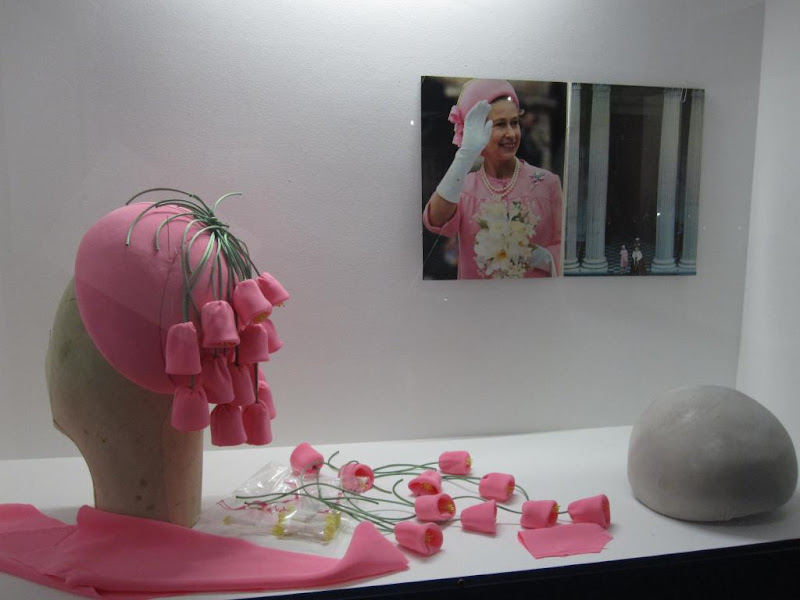
"Hardy Amies always told me: "Don’t touch the Queen, don’t ask questions and don’t turn your back".Milliner By Appointment, Frederick Fox
"The Queen was standing at the end of a long room. I advanced, did my chat and my thing. When it was time to depart I was rooted to the spot. I thought that if I walked backwards I would fall over the furniture or one of the corgis.
"Her Majesty spotted my dilemma and turned her back on me to ask Bobo [the Queen’s dresser] to fetch some specific shoes - giving me the opportunity to withdraw."

